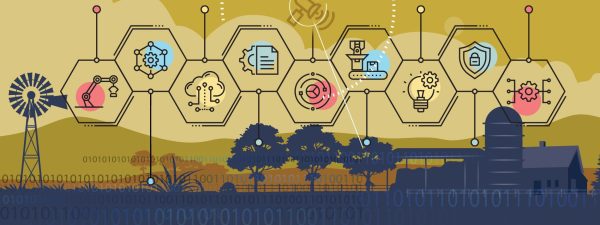Nowadays, more and more companies aim to extract small amounts of energy from environmental sources. The startups harvesting energy is focused on delivering power for the wide range of IoT sensors around today,
Leveraging wireless energy is not a new concept. Transmitting electrical power through the air first originated with Nikola Tesla way back in the 1890s.
Roughly 115 years after Tesla first came up with the concept, wireless energy harvesting startups have come into focus. Mechanisms for sending tiny amounts of power over very short distances to specialized industrial tasks and consumer devices have become more common.
Most of the new companies are offering wireless ambient energy harvesting are focused on scavenging small amounts of power from radio waves, Wi-Fi, ultrasound, or other ambient sources.
Utilizing batteryless technology
Removing batteries from industrial operations cuts costs and reduces the hours that people spend replacing them. In addition, utilizing batteryless equipment in industrial and consumer settings could also greatly reduce the number of batteries thrown into landfills around the globe.
Everactive Inc is currently leading the charge in harvesting energy for IoT and utilizing batteryless technology.
The startup, which was originally called PsiKick, developed a batteryless sensor called EverSensor that harvests energy from a range of sources: indoor and outdoor sunlight, thermal gradients, RF, vibration, and more. Everactive’s latest production chip technology delivers wireless non-line-of-sight communication up to 250 meters, equivalent to nearly three football fields.
Everactive is now going after traditional industrial IoT (IIoT) sectors with its products. One of its sensors can be installed on a steam trap (STM) in five minutes, while a gateway can support 1000 STM sensors while in operation. The company’s aim is to continue to shrink its batteryless sensors with each generation.
Everactive has also stated that if companies were to deploy 10,000 battery-powered IIoT sensors across a facility to transmit real-time data about the health of your machinery, teams would be replacing around 2,000 batteries a year. Many of these sensors would be housed in hard-to-reach areas, further increasing the time and expense needed to replace the batteries.
Leveraging light
e-peas S.A., a Belgian startup, enables power harvesting from both natural and artificial light, numerous heat and vibration elements, and a range of RF bands (868MHz, 915 MHz, 2.4 GHz, etc). Like Everactive, e-peas’ technology is based on its silicon chip. The startup offers a number of different microchips to gather the various types of energy it can scavenge from the air, including a product made from a specific type of silicon that can extract power from light, vibration, and radio waves.
Right now, we’re at the earliest stages of energy harvesting for IoT. Implementing solar-powered steam trap sensors won’t save vast amounts of energy or stop batteries from being widely used across the world–but energy harvesting is a sustainable solution that could pave the way towards a greener future.




